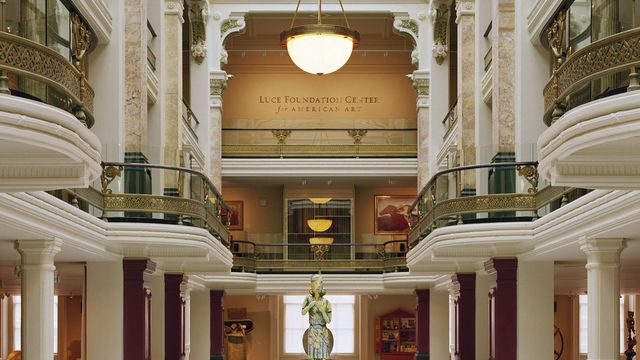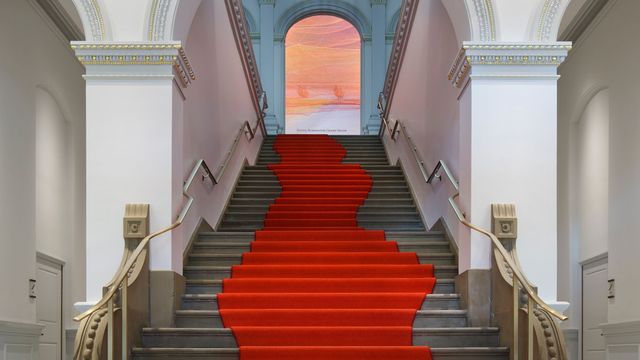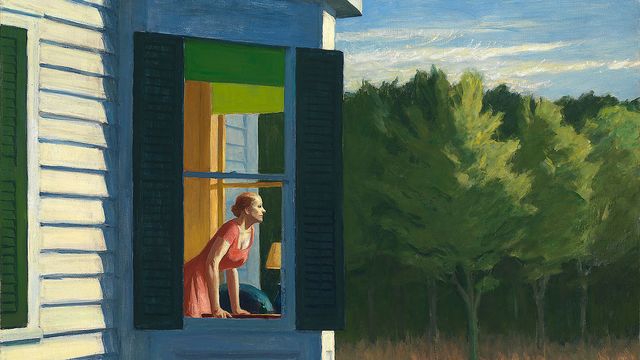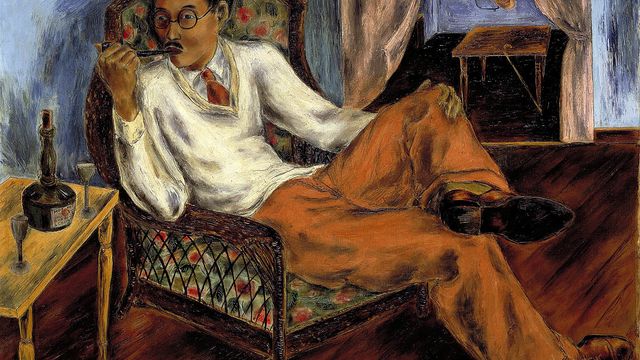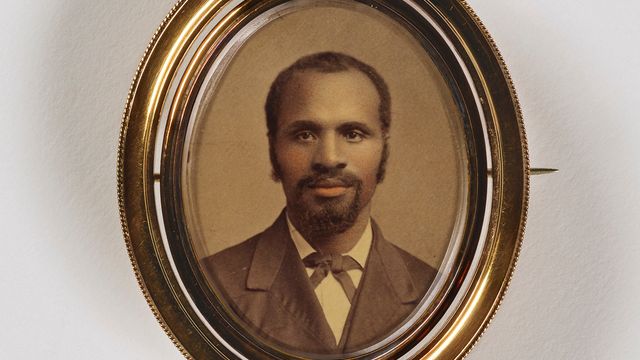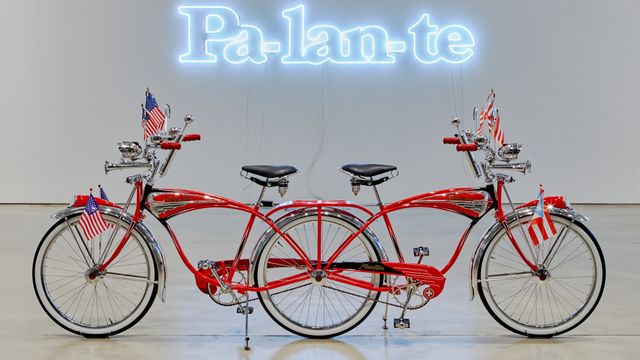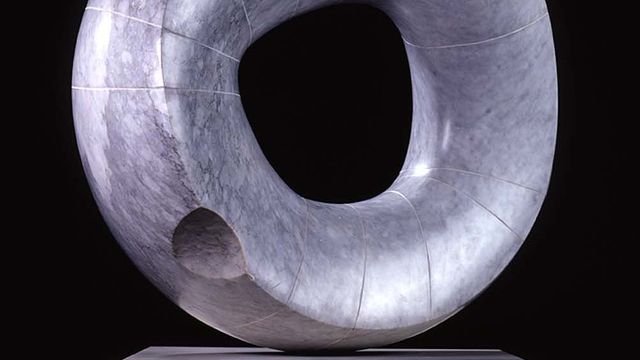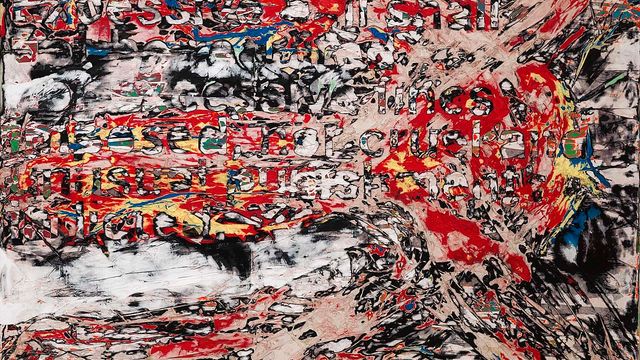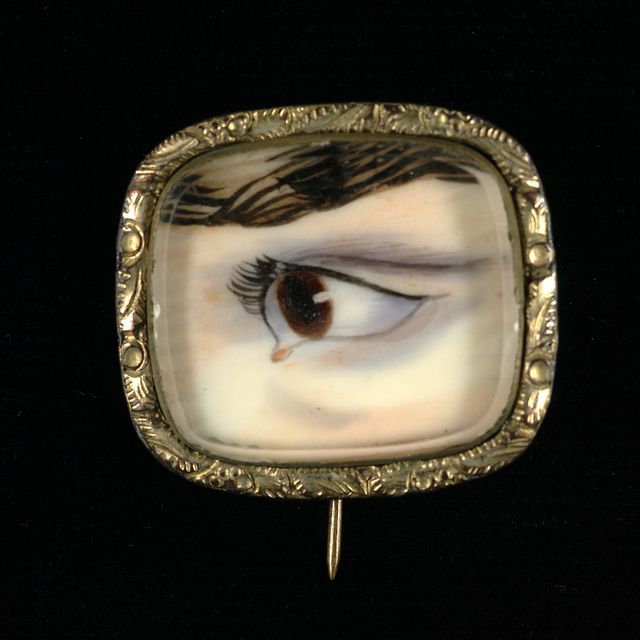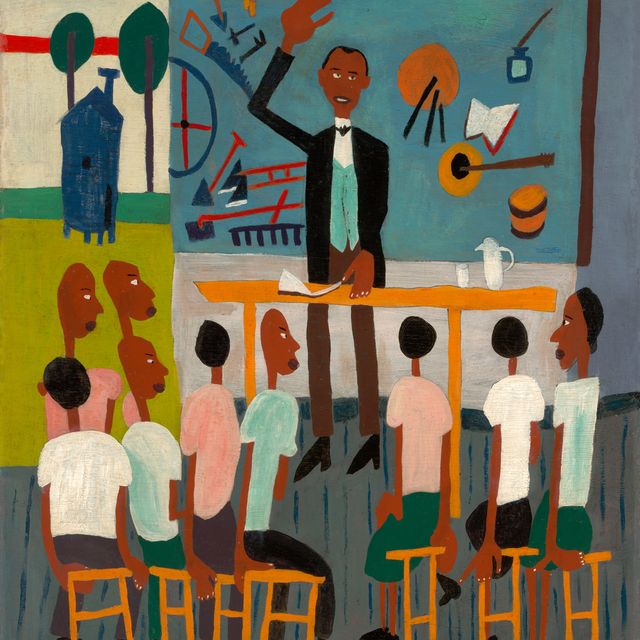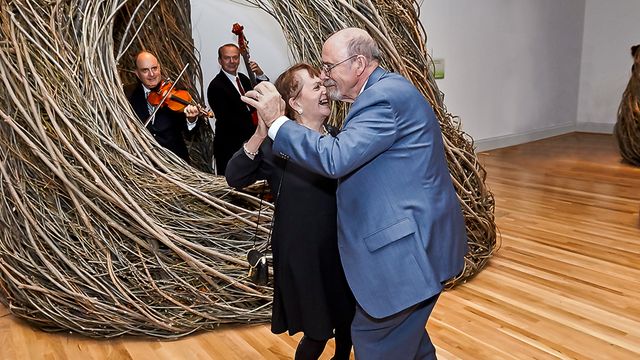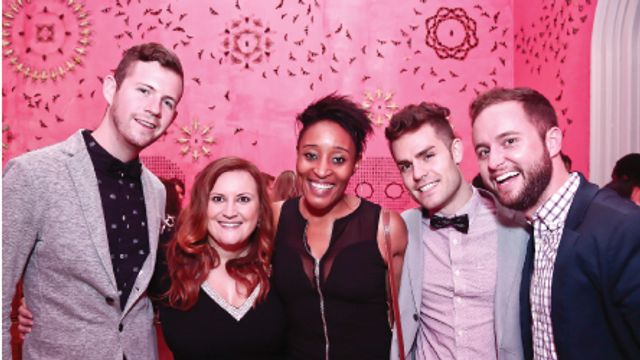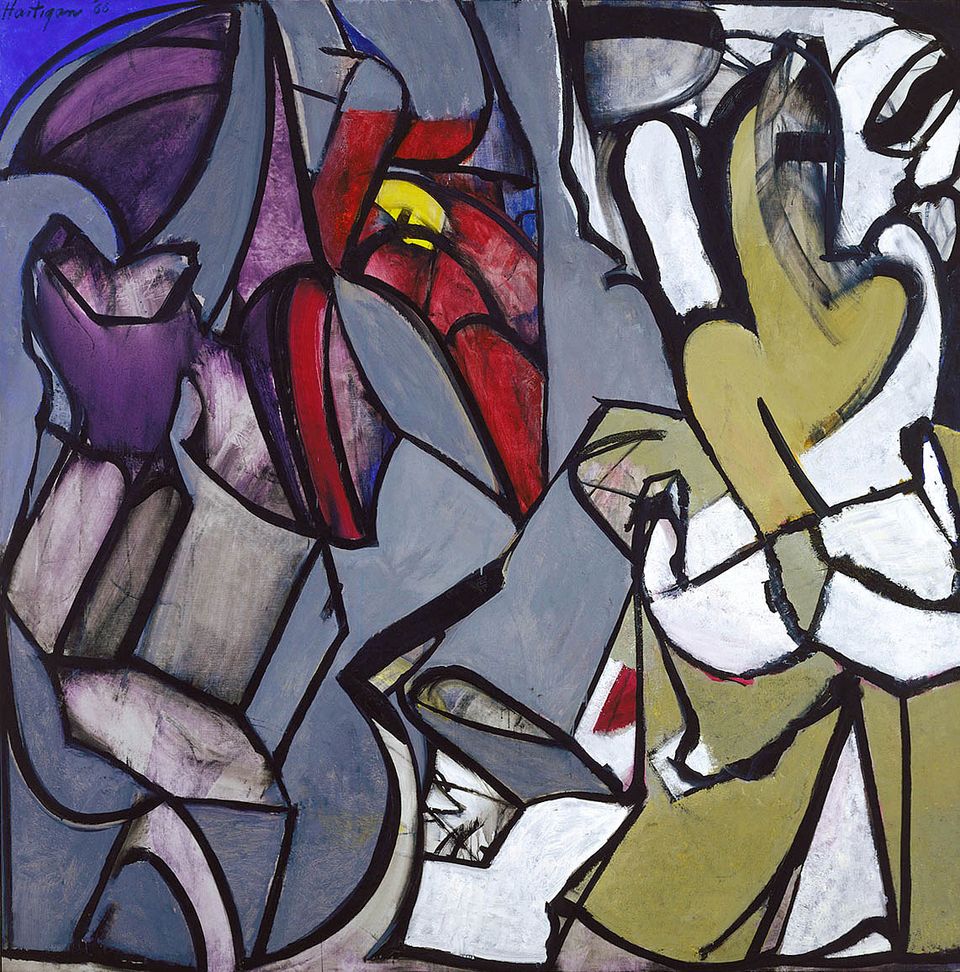Copied
Thomas Hart Benton, Wheat, 1967, oil on wood, 20 x 21 in. (50.8 x 53.3 cm), Smithsonian American Art Museum, Gift of Mr. and Mrs. James A. Mitchell and museum purchase, 1991.55
Copied
Artwork Details
- Title
- Wheat
- Artist
- Date
- 1967
- Location
- Dimensions
- 20 x 21 in. (50.8 x 53.3 cm)
- Credit Line
- Gift of Mr. and Mrs. James A. Mitchell and museum purchase
- Mediums
- Mediums Description
- oil on wood
- Classifications
- Highlights
- Subjects
- Landscape — plant — wheat
- Landscape — farm
- Object Number
- 1991.55
Videos
Exhibitions
October 1, 2021–August 2, 2026
Artist to Artist features paired artworks, each representing two figures whose trajectories intersected at a creatively crucial moment, whether as student and teacher, professional allies, or friends.


